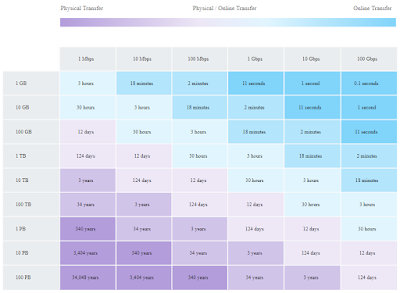Laziness is the mother of innovation
If necessity is the mother of invention, then maybe laziness is the mother of innovation - Danny Brian, Vice President and Fellow, Gartner At Gartner Catalyst 2018, Brian named laziness, impatience and hubris as the three secret virtues of a great IT practitioner -- borrowing them from acclaimed Perl programmer Larry Wall . In Wall's book, laziness is defined as "the quality that makes you go to great effort to reduce overall energy expenditure." Brian lists specific examples of what true laziness requires of an IT practitioner: not repeating yourself; not reinventing the wheel -- utilizing the best frameworks and tools to save time and effort; focusing on the most important problems; knowledge and recognition of design patterns, which avoid solving the same or similar problems multiple times; ensuring test-driven development in order to avoid hours spent later in panic mode trying to figure out what broke; developing processes and procedures that actual




